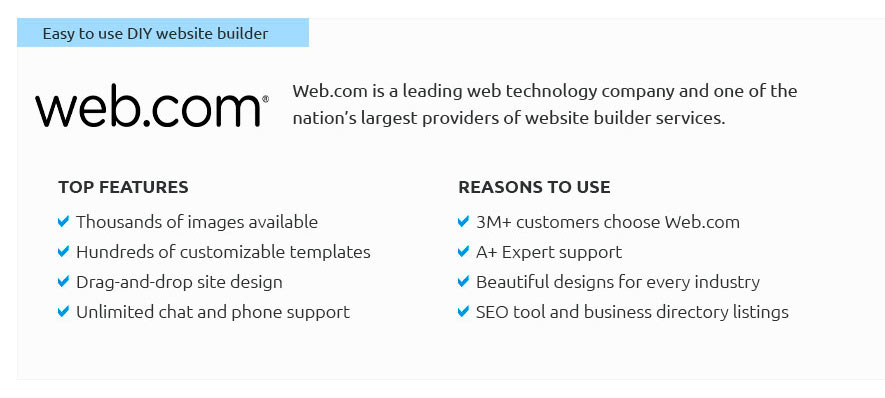 |
 |
 |
 |
|
 |
 |
 |
|
 |
|
 |
 |
|
 |
|
 |
|
 |
 |
How to Make a Website Look Good: Essential Tips and TricksCreating a visually appealing website is crucial for engaging visitors and enhancing user experience. This guide will explore fundamental strategies to improve your website's aesthetics and functionality. Understanding the Importance of DesignA well-designed website not only attracts visitors but also keeps them engaged. It's essential to focus on usability and aesthetics to ensure a seamless experience. Usability Enhancements
Aesthetic ImprovementsAesthetics play a vital role in capturing attention. Consider elements like color schemes, typography, and imagery to create an appealing design.
For those looking to make a photography website, focusing on high-resolution images and minimalistic design can create a professional look. Content Structuring and LayoutContent layout is critical for readability and engagement. Structure your content effectively to guide users through your site. Effective Use of White SpaceWhite space is essential for a clean design. It helps in separating elements and improving readability. Organized LayoutsUse a grid system to align elements uniformly. This consistency enhances the overall aesthetics and functionality. Ensuring Fast Load TimesWebsite performance significantly impacts user experience. Optimize your site to ensure quick load times.
Exploring options for the best websites for small business can provide insights into optimizing both design and performance. Implementing Feedback and TestingRegularly seek feedback and test your site to identify areas for improvement. User TestingConduct user testing sessions to gather insights into user behavior and preferences. Iterative ImprovementsImplement changes based on feedback and continuously strive to enhance user experience. FAQWhy is website design important?Website design is crucial because it impacts first impressions, enhances usability, and can significantly affect conversion rates and user engagement. How can I improve my website's load time?Improving load time can be achieved by compressing images, enabling browser caching, and minimizing HTTP requests through file combination. What role does mobile responsiveness play in design?Mobile responsiveness ensures that a website is accessible and functional on various devices, providing a seamless experience for all users. https://www.quora.com/What-are-some-tips-to-make-a-website-look-more-elegant-clean-etc
Minimalist Layout: A clean design with well-organized content is crucial. - Consistent Color Scheme: Stick to a defined color palette that ... https://taylornguyen.ca/posts/diy-web-design-tips
Creating a Simple Color Palette - Tip #1: Start with 1 main color that represents your brand personality - Tip #2: Find 3-4 other colors that are ... https://24ways.org/2012/how-to-make-your-site-look-half-decent/
3. Fonts ... Web fonts are one of the quickest ways to make your site look distinctive, modern, and less Bootstrappy, so we'll start there. First, ...
|